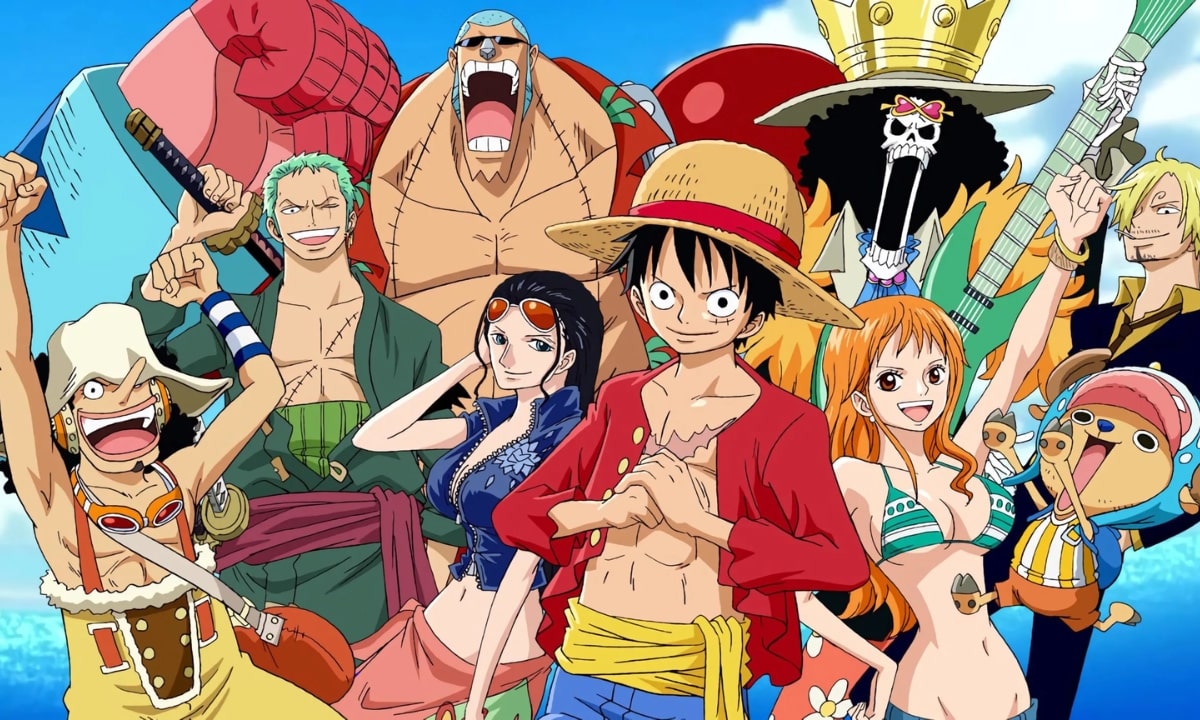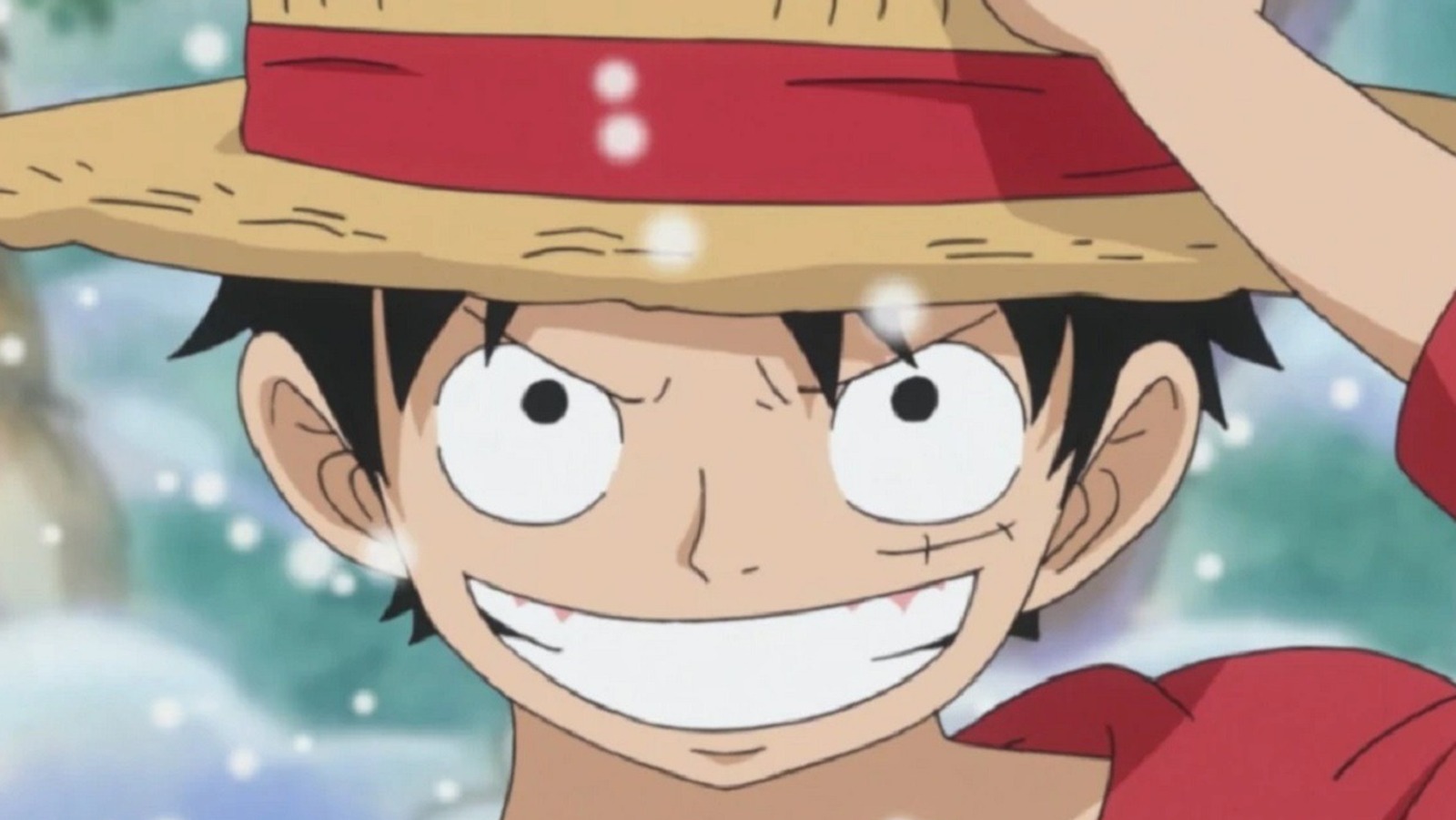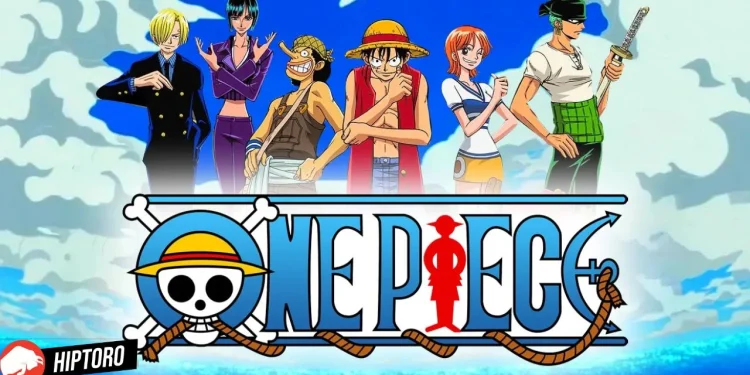The Power of Subversion in Storytelling
From its inception, “One Piece” has masterfully defied the normative rules of the Shonen genre. With an evergreen appeal, three decades post-debut, this manga has become more than just a story – it’s a global phenomenon. It’s revered, not just for its gripping tales of pirates and treasures but also for its ingenious manipulation of Shonen conventions. In today’s deep dive, we’ll explore how “One Piece” skilfully distorts these tropes to remain a genre trendsetter.

The Unconventional Protagonist: Luffy’s Reluctance to Heroism
Luffy stands apart from a lineage of shonen protagonists known for their unwavering righteousness. While figures like Goku and Deku step forward to defend the weak, Luffy’s motivations lean more personal. A pivotal moment occurs in the Fishman Island Arc when Jinbe beseeches Luffy to rise as the fishmen’s hero.
“I love heroes, but I don’t want to be one… I want to eat the meat!”
This sentiment echoes throughout the series. Whether it’s defending Nami’s hometown or rescuing Rebecca’s Dressrosa, Luffy’s actions stem from personal relationships, not a messianic desire to save all. In Luffy’s world, motivations are often entangled with his self-interests, which intriguingly, more often than not, align with the greater good.
The Ambiguous Moral Landscape
“One Piece” delves deep into a complex world where the lines between right and wrong are not etched in stone. Luffy and his gang, while technically ‘criminals’, often emerge as saviours, while the supposedly righteous Marines may play oppressor. Characters like the formidable pirates Kaido and Doflamingo and benevolent Marines Garp and Koby further muddle the moral waters. Unlike its contemporaries that generally sport clear-cut divisions between heroes and villains, “One Piece” thrives in its gray zones, making readers question and contemplate the true essence of morality.

Eschewing the Commonplace: A Detour from the Norm
Typical Shonen series revel in elaborate training and tournament arcs. These arcs are integral to manga like “Naruto”, “Dragon Ball”, and “My Hero Academia”. In a stark contrast, “One Piece” bypasses these overused routes. Most skill advancements happen away from the audience’s view, with only snippets showcased post the Marineford Arc. And while some might argue the Davy Back Fight mini arc resembled a tournament, it’s more of an eccentric duel than a grand competitive showcase.
One Piece Post-Timeskip has now been serializing for a longer time than the Pre-Timeskip did!! pic.twitter.com/AM2RQOoE5X
— Artur – Library of Ohara (@newworldartur) October 11, 2023
Blazing a New Trail
It’s no surprise that “One Piece” remains a paragon in the world of manga. Even though it sometimes embraces Shonen staples like dramatic backstories or naming their signature moves, it challenges and reconstructs these traditions just as often. This unique blend of tradition and innovation has paved the way for newer series like “Attack on Titan“, “Chainsaw Man“, and “Dandadan” to redefine their storytelling boundaries.
In conclusion, “One Piece” is not just a tale about pirates searching for treasure. It’s a revolutionary beacon in Shonen storytelling that continually redefines the genre, making us eagerly anticipate every twist and turn on the Straw Hats’ journey.










